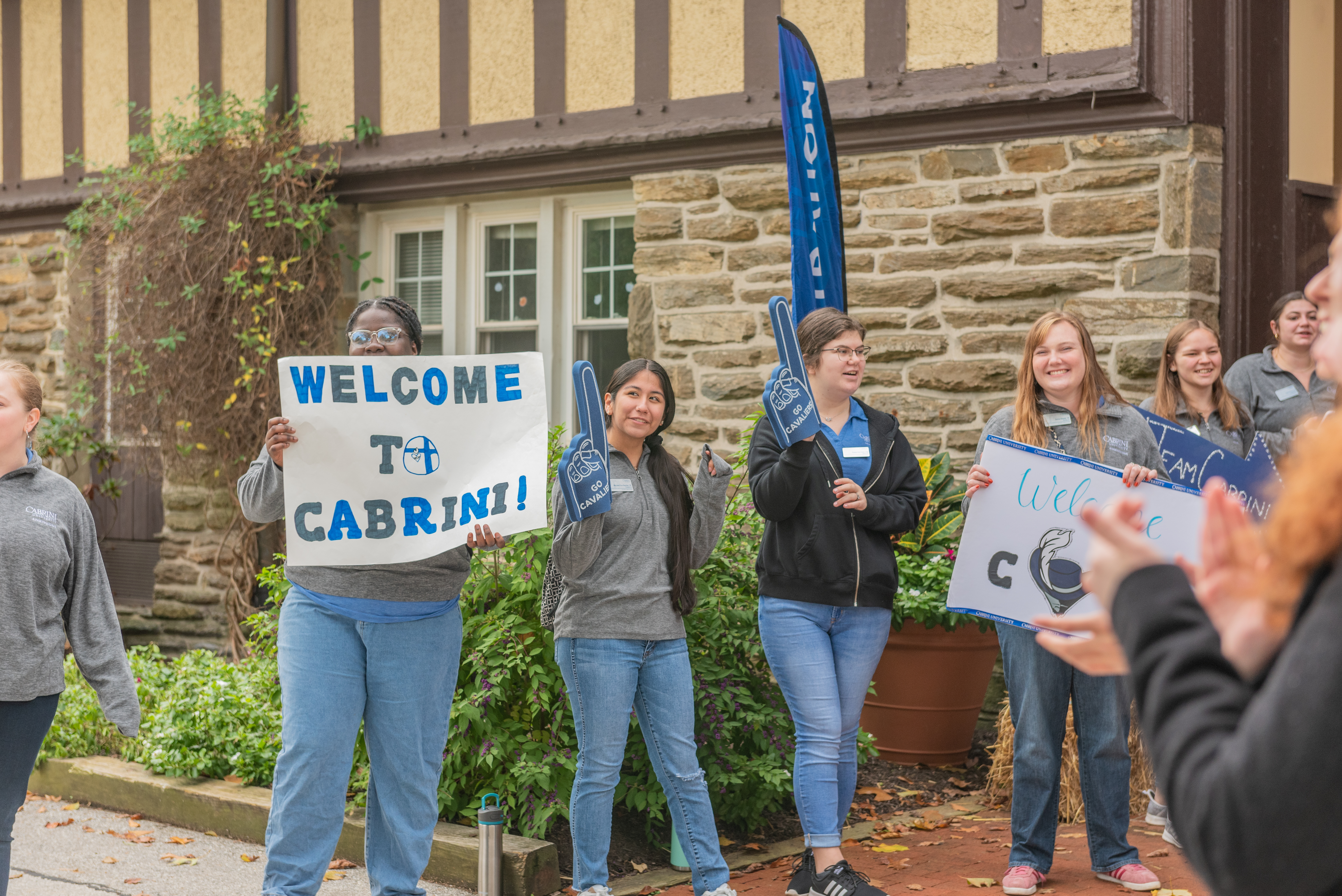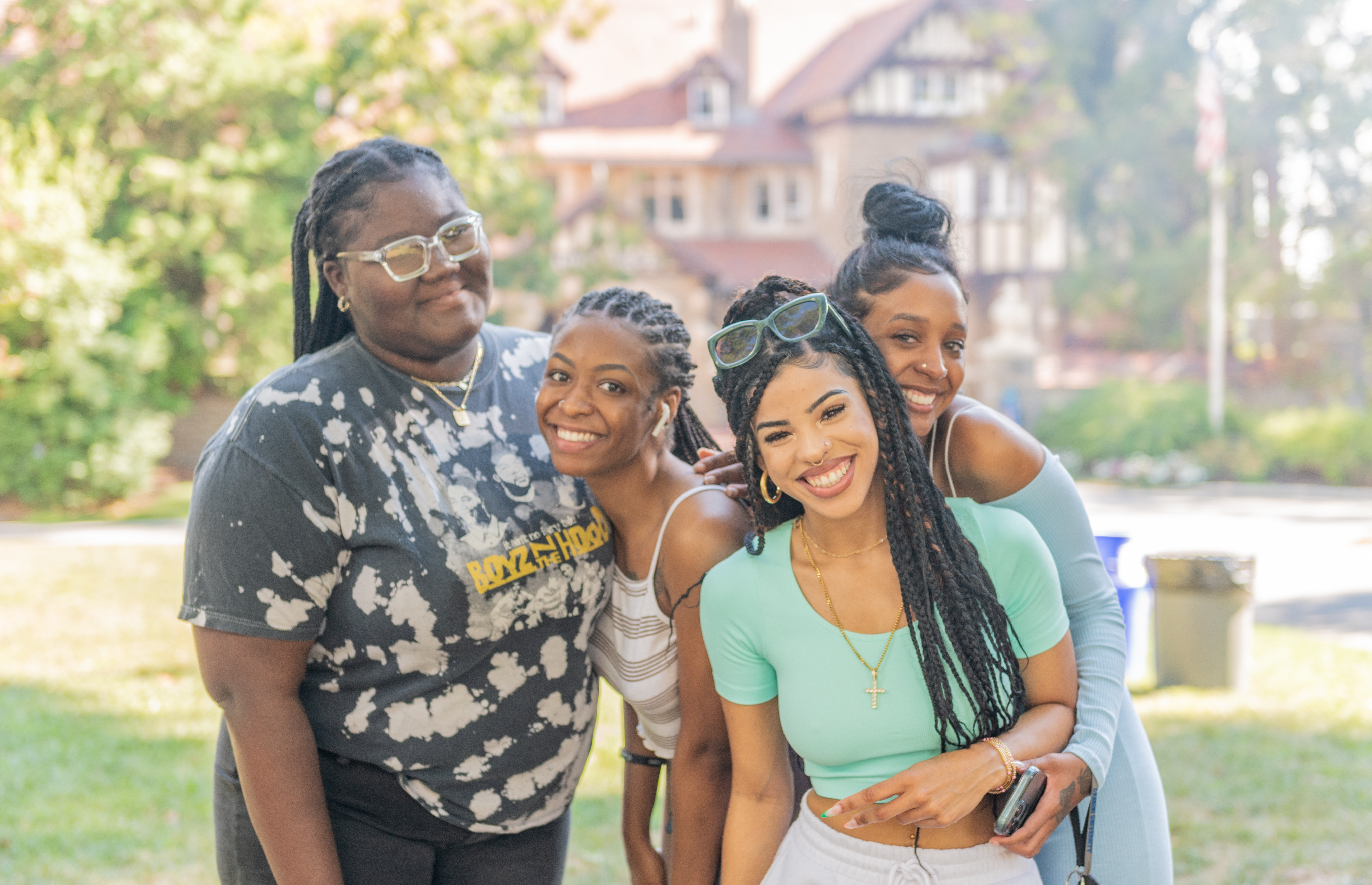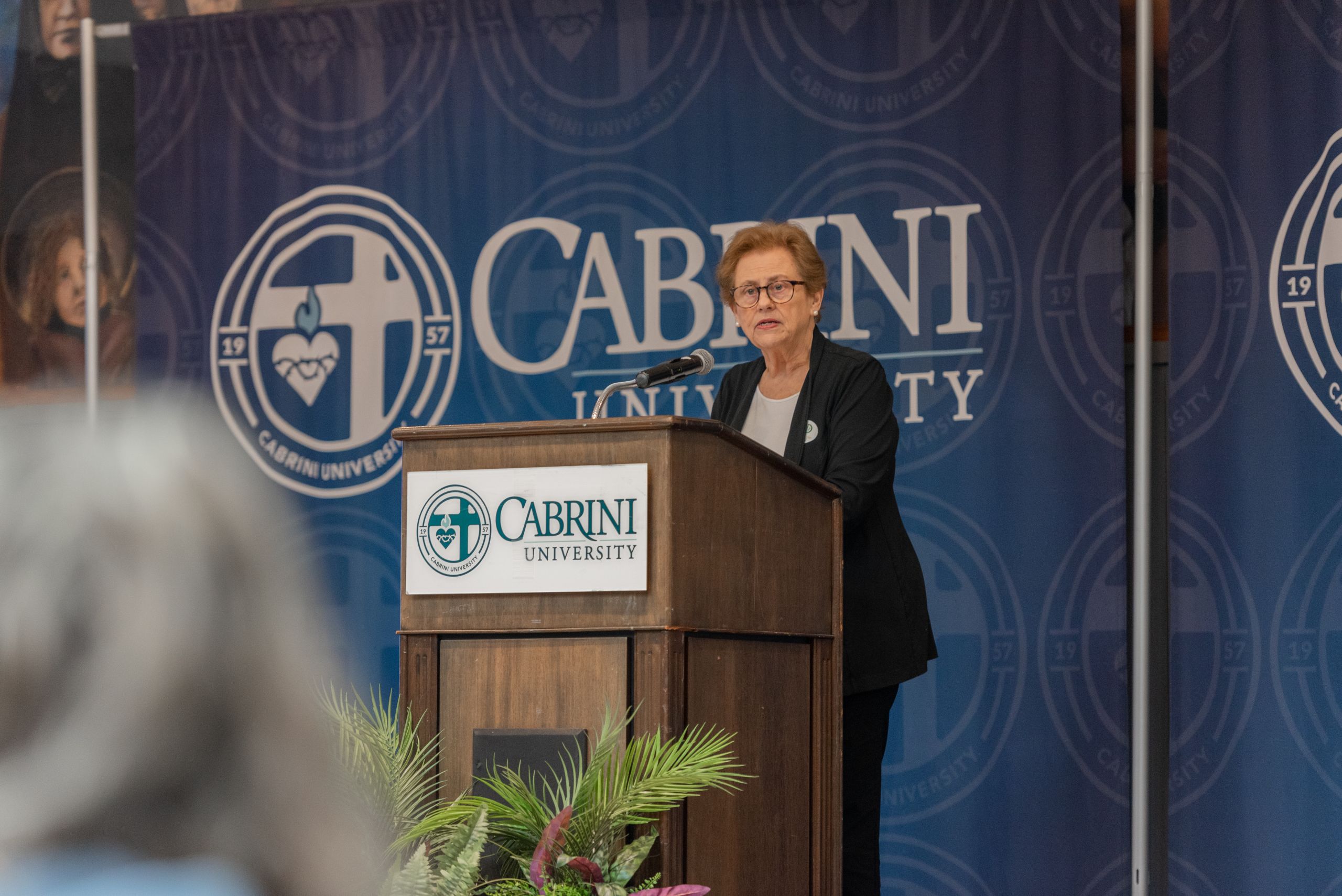On March 6, Interim President Helen Drinan introduced a revised version of Cabrini’s strategic three-year plan in a new brochure. Formerly called “Mission 2027,” the plan now known as “Illuminate,” focuses on 12 strategic initiatives that each incorporate the same four themes: Deepening Impact, Building to Strength, Leading with Purpose, and Courage to Serve.
Beginning in Fall 2023, the school hopes to re-envision what it means to be a student at Cabrini.
The four “Illuminations” and what they mean
The goals of Cabrini’s 12 initiatives are to increase the student population, increase equality among students, increase satisfaction among students and staff, and maximize the “brand.”
The plan’s first section, “Pathways to Graduation,” focuses on setting students up for success prior to their arrival at Cabrini. There is also a deep focus on creating a more positive learning environment for current students, especially those who live on campus. Dr. Richard Gebauer, assistant dean for Retention and Student Success, recalled his own college experience.

“Outside of athletic spaces, where did I spend the majority of my time? Well, I spent the majority of my time at open student spaces that were on campus … I think we need to do better maximizing outdoor spaces. We need to be asking students what they want to see outside. And how do we create those environments, both indoors and outdoors, that create ways for students to gather and connect?” Gebauer said.
This section also focuses on creating a pathway that is easier for students to follow along their journey to graduation and beyond. According to the brochure, the university is creating “experiences that map to the National Association of Colleges and Employers, NACE, career-readiness competencies through specific hands-on coursework, co-curriculum, and/or high-impact practices offered within each academic department.”
Creating learning spaces for all
The second section is about welcoming learners of all ages, ethnicities, and backgrounds to campus. This “illumination” encapsulates the mission of Mother Cabrini. The school is taking initiative to recruit and support adult learners, enhance transfer degree completion, and design a comprehensive fundraising plan. Additionally, it will focus on creating a better and more attractive environment for transfer students while creating bonds with two-year institutions, such as community colleges.
This leads to the next theme: branding.
Cabrini’s mission is central to the university, and the newly hired Executive Director of Marketing and Communications, Angela Buchanico, says she strives to maintain that focus in its branding.
“With the years of experience that I have in higher ed, I think I will make a positive impact on Cabrini’s brand and all of the subsequent efforts connected with that. I have already found the Cabrini community to be extremely warm, extremely generous, and everyone here has been extremely helpful, which actually makes me more excited to do my job and do my job well,” Buchanico said.

Buchanico says her previous background as executive director of marketing at the University of the Sciences, will allow her to take what she learned there and implement it toward efforts to increase diversity on campus.
“For BIPOC students, there is a lot here that they would feel good about and feel comfortable about. So that becomes part of my job, to communicate that out in a meaningful way, to ensure that we create a vibrant, diverse community here at Cabrini that aligns with what Cabrini is,” Buchanico said.
BIPOC-serving, not just BIPOC-enrolling
The fourth and final section addresses issues of inequity and possibility. The brochure says, “Cabrini University is dedicated to this institutional transformation that will result in academic equity, student success, and student persistence for BIPOC learners to ensure all Cabrini students thrive.”
Gebauer said, “One of the biggest trends that we see in institutions, not just Cabrini, but we have more diverse learners and more BIPOC learners entering two- and four-year institutions, particularly over the last five to seven years. Cabrini wants to really commit to being BIPOC-serving instead of just BIPOC-enrolling. We don’t want to just enroll our students of color, but we want to make sure that our infrastructure is designed to support them academically and socially, make sure that their social well-being is being met, and make sure we are meeting their financial needs.
“We need to be ahead of the curve and more proactive in establishing support structures prior to students arriving so that when they get here they can thrive.”
Hope for the future
While the brochure presents information about the plan in a general sense, students are still unsure about its future and its potential pros and cons.
Freshman math and secondary education major Dominic Petruzzelli said, “After reading the outline, there are a lot of key points that want to be hit during this plan. And really, the big question is how are these specific points going to be hit and make a positive impact, and how will it continue to encourage student engagement?”
This article will be updated with more information following a planned student forum in Widener Lecture Hall on March 29 at 12:30 p.m.




Well, this didn’t age well! That’s what Cabrini got for resorting to consultants (google Credo consulting and Richie Gebauer!) and individuals like Drinan who had no commitments to the community and are just $$$ driven. Someone needs to write a book about this catastrophe of administration.